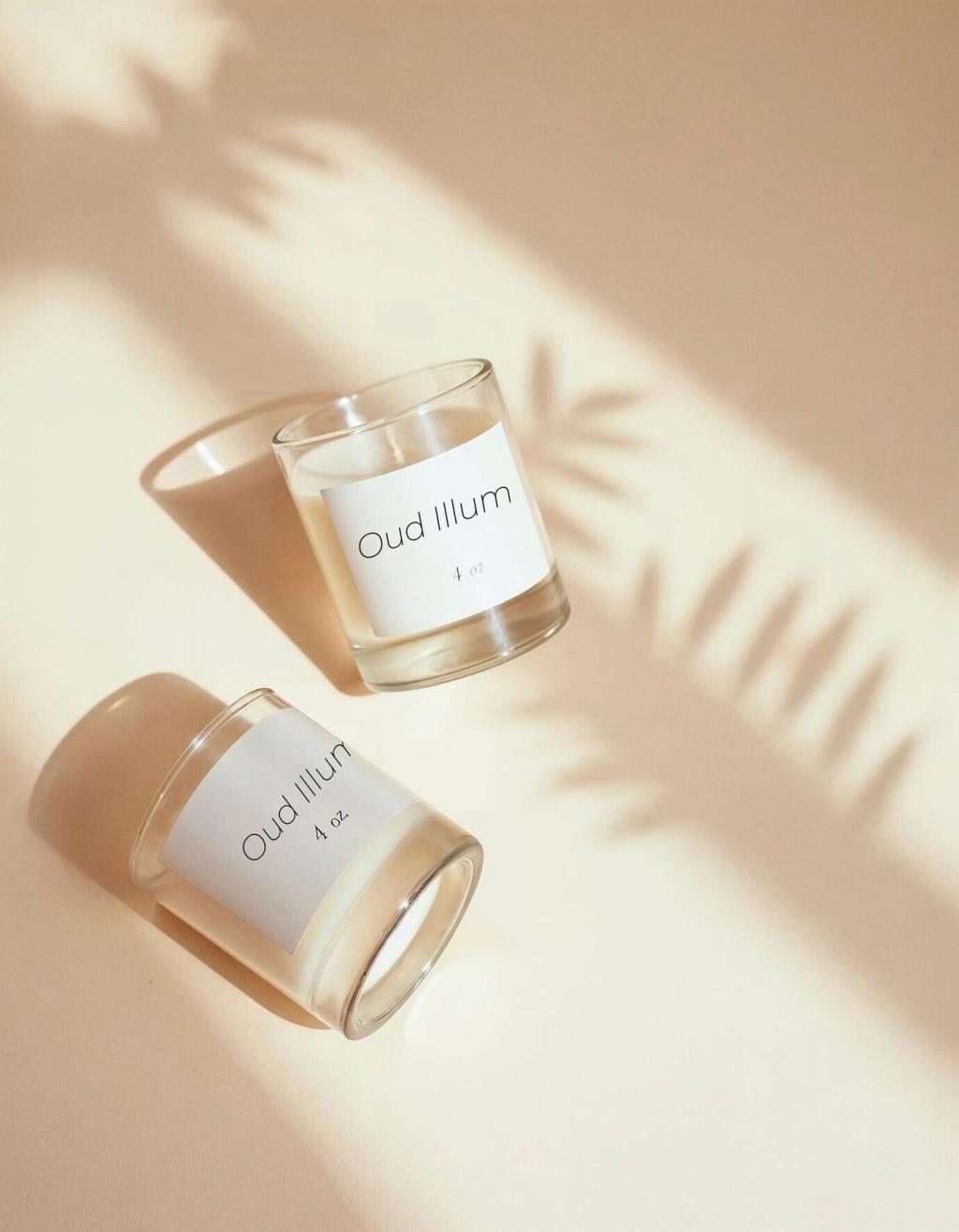Incorporating Nature in Minimalist Interiors
Blending the tranquility of nature with the serene simplicity of minimalist design has become a soothing trend in modern interiors. Stripping away the unnecessary, minimalist spaces embrace clean lines, open areas, and a sense of calm—but, when combined with organic elements, these spaces are elevated to new heights of balance and harmony. Incorporating nature helps ground minimalism, adding texture, warmth, and vitality without overwhelming the aesthetic. Here, we explore actionable strategies for infusing natural inspiration into minimalist interiors, enriching your living environment while maintaining the clarity and order that makes minimalism so appealing.

The Roots of Minimalist Design
Originating from Japanese and Scandinavian aesthetics, minimalist design calls for understated elegance and purposeful simplicity. At its core, minimalism seeks a decluttered environment that cultivates peace and intention. This space is not empty, but thoughtfully composed—each element serves a purpose, contributing to tranquility and balance. Integrating nature aligns with this ethos, as organic forms are inherently unpretentious yet profoundly impactful, inviting calm and mindfulness.
Nature as a Source of Calm
The presence of natural elements in interior spaces has a calming effect that transcends style. Fresh air, greenery, and the tactile beauty of natural wood or stone provide an immediate sense of grounding and belonging. For minimalists, these organic additions offer sensory stimulation within a restrained palette, engaging sight, touch, and even scent. By fostering this connection, interiors become restorative sanctuaries amidst the stresses of modern life.
Harmonizing Natural and Minimal Motifs
Achieving harmony between nature and minimalism requires intentional design choices. The focus is not on abundance but on selecting a few impactful features that emphasize quality over quantity. Neutral color schemes, subtle textures, and unobtrusive natural accents avoid visual competition. When curated with care, nature-inspired minimalism exudes sophistication—spaces feel open, inviting, and reflective of the world outside.

The Allure of Natural Wood
Wood is a staple of organic minimalist spaces, prized for its warmth and adaptability. Whether in the form of exposed beams, solid flooring, or sleek furniture, wooden surfaces evoke craft, integrity, and a connection to the outdoors. Opting for lighter woods such as oak, birch, or maple preserves the airy feel of minimalism, while subtle grain patterns bring quiet character. Natural finishes rather than high gloss encourage an inviting environment that matures gracefully over time.

Stone and Ceramic Features
Stone and ceramics provide a grounding, timeless presence in minimalist interiors. Their cool palettes and smooth or textured finishes offer an immediate connection to the earth. Minimalist spaces might incorporate stone in countertops, accent walls, or understated decorative objects, each chosen to add depth without overpowering. Subtle ceramic accents—vases, planters, or tiles—contribute tactile interest that aligns with minimalist restraint, bringing a sense of crafted authenticity into daily life.

Organic Textiles and Fabrics
Textiles made from natural fibers such as linen, cotton, and wool are essential in softening minimalist interiors. These materials introduce gentle movement and texture while maintaining visual simplicity. Neutral tones and uncomplicated weaves work best for minimalism, inviting touch without demanding attention. Beyond aesthetics, organic fabrics are breathable and environmentally friendly, reinforcing a mindful, nature-centered approach in every detail of the living space.
Bringing the Outdoors In: Greenery and Light
In minimalist settings, plant selection and placement should be purposeful. Rather than creating an indoor jungle, opt for a few sculptural specimens—think a solitary fiddle-leaf fig, a trailing pothos, or a cluster of succulents. Their organic forms serve as living art, adding a fresh vigor and acting as focal points. Carefully positioned, these plants provide a dynamic element against simple backdrops, enhancing air quality while reinforcing the sense of serenity fundamental to minimalism.

